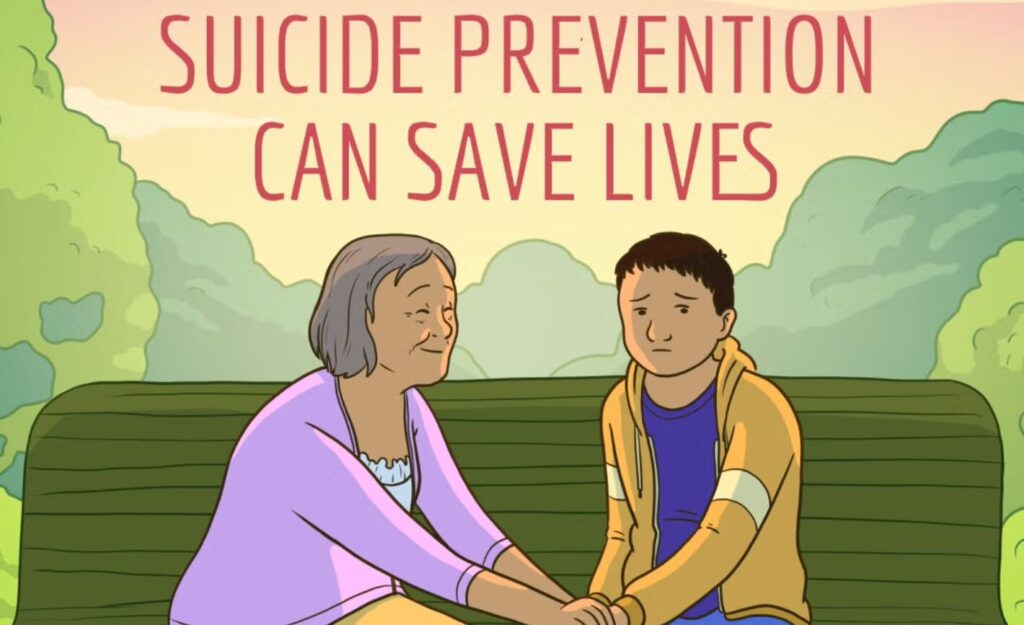Aayasta Giri

More than 700,000 individuals commit suicide every year, and they mostly belong to low- to middle-income nations. Despite the fact that suicide is a mental health emergency, it is largely a result of social determinants such as poverty, discrimination, and unemployment. National plans are focused on clinical solutions, and these determinants are not touched upon in suicide prevention. An attempt to create a public health approach to preventing suicides reveals some of the social, economic, and environmental determinants involved in preventing suicide. It suggests the following three approaches and asks for policies that minimize the risk at each level:
- Policies made for the general public good are, minimum wage policies, social safety nets, and mental health awareness campaigns.
- Concentrated initiatives that aim at vulnerable populations, such as targeting particular aspects of mental well-being, and addiction or financial counseling.
- In times of crisis, mental health services such as suicide attempt aftercare, and counseling.
To address the underlying causes of suicide, policy change is necessary. Specifically, countries such as Scotland are at the forefront of where this has been effective, through their emphasis on social injustice, i.e., attempting to alleviate homelessness, debt, and alcohol dependence. This is evidence that it must be possible to enable the provision of real-time good quality data for suicides.
Why Is This Important?
To Decision Makers:
Coverage changes can be lifesaving. Research has shown that fiscal policy interventions, employment opportunities, and even subsidized residential care can effectively reduce suicide rates. For instance, coins transfer programs in Indonesia and Brazil led to a decrease in suicide cases. It is argued that well-being budgets, debt relief initiatives, and some sort of social support ought to be provided to the vulnerable persons.
To School Administrators:
Schools can play an enormously significant role in addressing the issue of teen suicide. Anti-bullying initiatives, resilience skills training, and mental health literacy can equip children with problem-solving skills before issues escalate to crisis points. Mental health care in schools can access students who are emotionally troubled and hence suicidal.
To Physicians
Even in an area high in numbers of mental health practitioners, supply is outstripped by demand if time devoted to each patient is the criterion. Rather than working on individual cases of mental illness, health providers ought to be advocating social change as a means of suicide prevention, for example; shaping policy on economic disadvantage, social isolation and unavailability of healthcare services.
Conclusion
Suicide prevention itself need not only be treatment and therapy but address other social, economic, and environmental factors as well. To view suicide as a public health issue means all the various sectors of society such as policymakers, educators, and health care workers can become involved which by implication means early intervention prior to crisis points. The government must develop and implement policies that will eradicate poverty, job and housing insecurity. They must invest in mental health programs in schools, provide immediate access to suicide records, and ensure ease of collaboration among agencies. The paradigm must shift from response to suicide to prevention. It is possible to save lives and make the world a better place through a comprehensive public health approach, which renders it evident that there is hope and another way out besides suicide.

